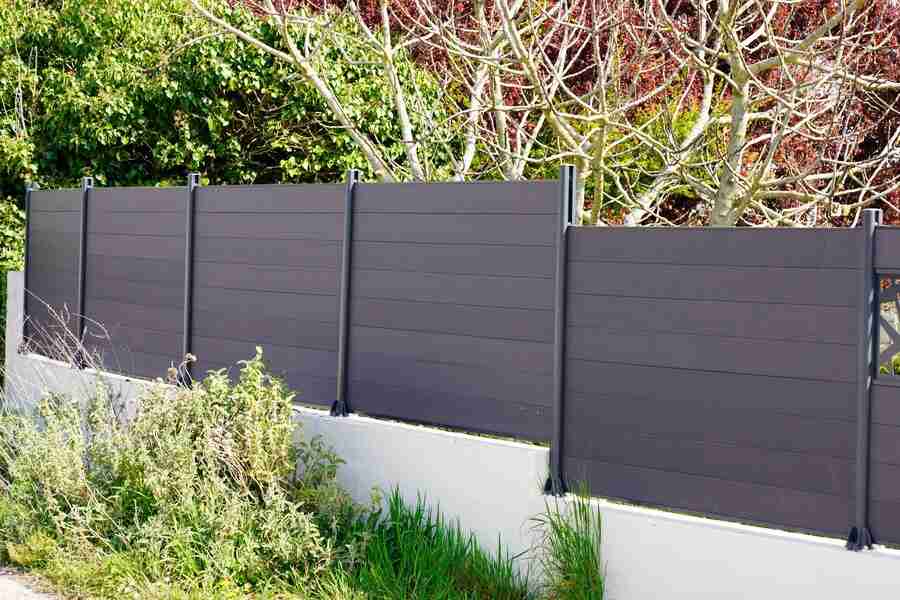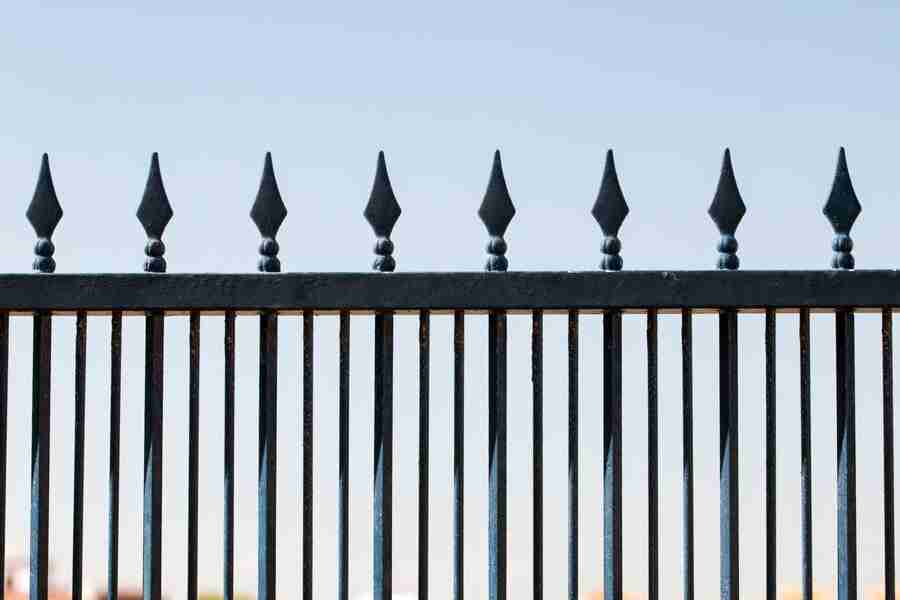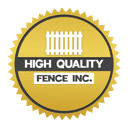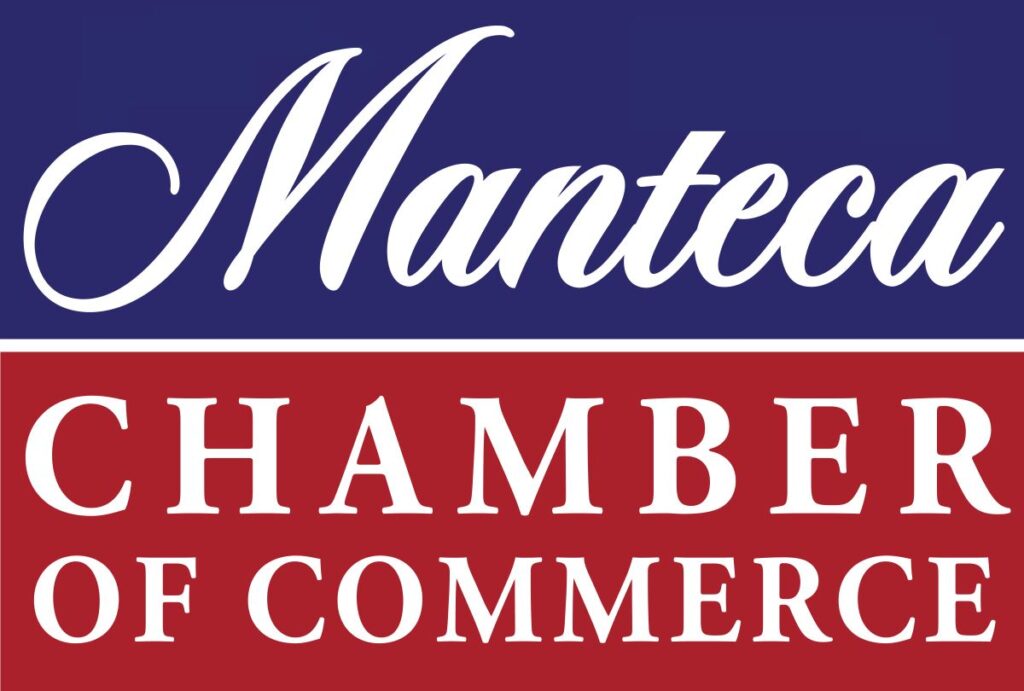
In the realm of home improvement and property ownership, selecting the right fence material is a crucial decision that goes beyond mere aesthetic preferences. Fences serve as the first line of defense, providing security, privacy, and defining the visual character of a property. With an array of materials available, each boasting its unique features, the task of choosing the perfect fence can be both exciting and daunting.
This blog aims to guide you through the labyrinth of fence materials, offering insights into the pros and cons of some of the most popular options: wood, metal, vinyl, and more. Whether you’re drawn to the timeless charm of wood, the modern allure of vinyl, the durability of metal, or the innovation of composite materials, understanding the characteristics of each is paramount to making an informed decision.
We’ll delve into the aesthetic appeal, maintenance requirements, costs, and specific use cases for various fence materials. From the classic warmth of wooden fences to the sleek lines of metal and the contemporary versatility of vinyl, we’ll explore the nuances that make each material stand out.
Whether you’re embarking on a new fence installation or contemplating a replacement, join us on this journey to discover the ideal fence material that aligns with your preferences, budget, and the unique needs of your property.
Importance Of choosing The Right Fence Material
Choosing the right fence material is a crucial decision that goes beyond mere aesthetics—it significantly impacts the functionality, longevity, and overall effectiveness of the fence. The importance of selecting the appropriate fence material cannot be overstated, as it directly influences various aspects of property ownership.
First and foremost, the right fence material enhances security and privacy. Different materials offer varying levels of strength and resistance, affecting how well the fence can withstand external forces and potential breaches. For instance, metal fences, such as wrought iron or steel, provide robust security, making them suitable for high-security areas. On the other hand, vinyl and wood fences may offer more privacy due to their solid construction.
Moreover, the choice of fence material has implications for maintenance requirements. Some materials, like vinyl and aluminum, are known for their low maintenance, requiring minimal attention over the years. In contrast, wood fences may demand regular upkeep, including staining or painting, to prevent decay and maintain their appearance.
Environmental considerations are also paramount. The ecological impact of fence materials, such as the sustainability of wood sourcing or the recyclability of materials like aluminum or vinyl, plays a role in making environmentally conscious decisions.
In essence, the right fence material aligns with the specific needs and priorities of property owners, striking a balance between functionality, aesthetics, and practicality. It contributes to the overall curb appeal, property value, and the long-term satisfaction of the property owner. Therefore, careful consideration of factors such as durability, maintenance, security, and environmental impact is essential in making an informed decision about the appropriate fence material.
Wood Fencing
Wood has stood the test of time as a traditional and popular fencing material, known for its natural charm and versatility. Homeowners often choose wood fencing for its timeless appeal and the warmth it adds to any property. The organic look and feel of wood make it an excellent choice for those seeking a classic aesthetic.
Advantages of Wood Fencing:
- Natural Appearance: One of the primary advantages of wood fencing is its natural and warm appearance. The earthy tones and textures of wood effortlessly blend with various architectural styles, making it a versatile option for both rustic and contemporary settings.
- Customization Options: Wood fences offer a high level of customization. Homeowners can choose from a variety of wood types, such as cedar, redwood, or pine, each with its own unique characteristics. Additionally, wood can be stained or painted to achieve the desired color, allowing for personalization.
- Eco-Friendly Aspects: Wood is a renewable resource, making it an eco-friendly choice for environmentally conscious homeowners. Opting for sustainably sourced wood contributes to responsible forestry practices.
Disadvantages of Wood Fencing:
- Maintenance Requirements: While the natural look of wood is appealing, it comes with the responsibility of regular maintenance. Wood fences need periodic staining or painting to protect against weathering, rot, and insect infestation. Neglecting maintenance can lead to a shortened lifespan of the fence.
- Susceptibility to Weather and Pests: Wood is vulnerable to the effects of weather, such as rain, humidity, and sunlight. Without proper maintenance, it can warp, crack, or fade over time. Additionally, wood is susceptible to insect damage, especially if not treated or if the chosen wood type is not naturally resistant.
Cost Considerations:
The cost of wood fencing can vary based on factors such as the type of wood chosen, the fence’s height and design, and regional pricing differences. While wood fencing is often more affordable upfront compared to some alternatives, it’s essential to factor in long-term maintenance costs to determine the overall investment.
Wood fencing remains a popular choice for those who appreciate its natural beauty and are willing to invest time in maintenance to preserve its aesthetic appeal and longevity.

Metal Fencing
Metal fencing is a versatile and durable option that comes in various types, each with its own set of characteristics. Here’s an overview of metal fencing, including different types and their key features:
1. Wrought Iron Fencing:
- Advantages:
- Timeless aesthetic appeal.
- Exceptional strength and durability.
- Customizable designs for a unique look.
- Disadvantages:
- Higher upfront cost compared to other metals.
- Susceptible to rust if not properly maintained.
- Advantages:
- Lightweight yet sturdy.
- Resistant to corrosion and rust.
- Low maintenance; doesn’t require painting.
- Suitable for various styles and designs.
- Disadvantages:
- Not as strong as steel.
- Initial cost may be higher than other materials.
3. Steel Fencing:
- Advantages:
- High strength and durability.
- Suitable for both residential and commercial applications.
- Available in various styles and heights.
- Disadvantages:
- Prone to rust if not properly coated.
- Heavier than aluminum, may require professional installation.
4. Chain Link Fencing:
- Advantages:
- Affordable and practical.
- Durable and requires minimal maintenance.
- Offers visibility and security.
- Ideal for large areas.
- Disadvantages:
- Limited aesthetic appeal.
- Doesn’t provide privacy.
Metal fencing, in general, is renowned for its longevity and ability to withstand harsh weather conditions. The choice between wrought iron, aluminum, steel, or chain link depends on factors such as budget, desired aesthetic, and specific functional requirements. It’s essential to consider these aspects carefully to ensure that the selected metal fence meets both the practical and visual needs of the property.
Vinyl Fencing
Vinyl fencing has gained popularity as a modern and versatile option for property owners seeking a balance between durability, low maintenance, and aesthetic appeal. Here’s a closer look at the key aspects of vinyl fencing:
1. Durability and Resistance to Elements:
- Vinyl fences are known for their exceptional durability. They can withstand the impact of weather elements such as rain, snow, and intense sunlight without warping, cracking, or fading.
- Unlike wood, vinyl is impervious to pests such as termites, ensuring a longer lifespan for the fence without the risk of insect-related damage.
2. Low Maintenance:
- One of the primary advantages of vinyl fencing is its low maintenance requirements. Unlike wood, vinyl does not require painting, staining, or sealing to maintain its appearance.
- Cleaning vinyl fences typically involves a simple wash with soapy water, making it a hassle-free choice for property owners with busy schedules.
3. Variety in Styles and Colors:
- Vinyl fencing offers a wide range of styles and colors to suit different aesthetic preferences. Whether you prefer a classic white picket fence or a more contemporary design, vinyl provides versatile options.
- The color of vinyl is integrated into the material during manufacturing, ensuring long-lasting vibrancy and eliminating the need for periodic repainting.
4. Cost Considerations:
- While vinyl fencing tends to have a higher upfront cost compared to some traditional materials like wood, its long-term cost-effectiveness becomes evident through the savings on maintenance and repair over the years.
- The durability of vinyl translates to fewer replacements and repairs, making it a cost-efficient investment in the long run.
5. Environmental Considerations:
- Vinyl fencing is generally considered eco-friendly as it can be recycled. Additionally, its durability reduces the need for frequent replacements, contributing to resource conservation.
- Some vinyl fencing manufacturers offer eco-friendly options with recycled materials, appealing to environmentally conscious consumers.
In conclusion, vinyl fencing stands out as a durable, low-maintenance, and aesthetically diverse option for property owners. Its ability to withstand the elements while maintaining a fresh appearance makes it a popular choice for those looking for a reliable and visually appealing fencing solution.
Composite Fencing
Composite fencing is a modern and innovative alternative to traditional fencing materials. It is made from a combination of wood fibers, recycled plastic, and binding agents, creating a durable and environmentally friendly option for property owners. Here are some key aspects of composite fencing:
1. Durability: Composite fencing is known for its high level of durability. It is resistant to rot, decay, and various weather conditions, making it suitable for both humid and dry climates. Unlike wood, composite materials do not warp or splinter, ensuring a longer lifespan and reduced maintenance requirements.
2. Low Maintenance: One of the significant advantages of composite fencing is its low maintenance requirements. Property owners appreciate the fact that it doesn’t require staining or painting to maintain its appearance. A simple occasional cleaning with soap and water is usually sufficient to keep it looking new.
3. Eco-Friendly: Composite fencing often includes recycled materials, such as reclaimed wood and recycled plastic, making it an environmentally friendly choice. By using recycled content, composite fencing helps reduce the demand for new raw materials and minimizes waste.
4. Resistance to Insects and Rot: Unlike traditional wood fencing, composite materials are resistant to insect infestations and rot. This feature ensures that the fence remains structurally sound over time, even in environments prone to termite activity or damp conditions.
5. Variety in Styles: Composite fencing offers a variety of styles and colors, providing property owners with options to match their aesthetic preferences. Whether replicating the look of wood or offering a more contemporary appearance, composite fences can complement different architectural styles.
6. Cost Considerations: While the initial cost of composite fencing may be higher than some other materials, the long-term savings in maintenance expenses often make it a cost-effective choice over time. Property owners should consider the upfront investment against the durability and minimal upkeep to determine its overall value.
In conclusion, the process of selecting the right fence material involves careful consideration of various factors, each impacting the functionality and aesthetics of the chosen barrier. Wood, metal, vinyl, composite, and chain link each present unique advantages and drawbacks. Property owners must weigh factors such as durability, maintenance requirements, cost, and environmental impact to make an informed decision aligning with their specific needs. As the blog explored the nuances of these materials, it becomes evident that there is no one-size-fits-all solution. Ultimately, seeking professional advice and adhering to local regulations ensures that the chosen fence material not only enhances the property’s appeal but also meets practical and security needs for years to come.


